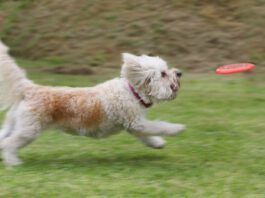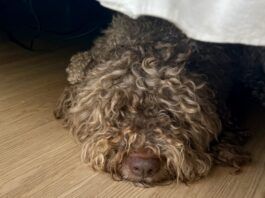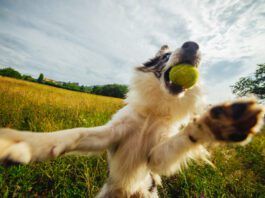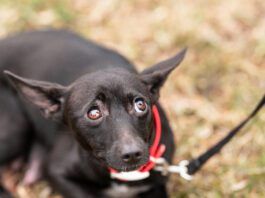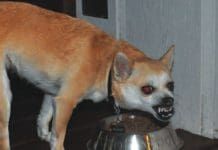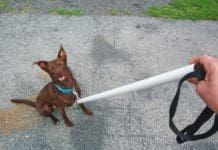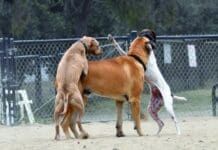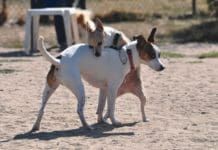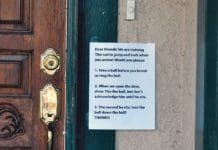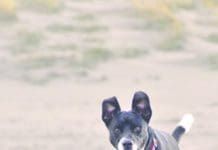Resource-Guarding And What To Do About It
The term resource-guarding" sends a chill through most canine behavior professionals. This is because they understand that the aggression a dog displays when guarding a valuable resource can lead to a serious injury to a human in any future home of that dog. And because of this
When Service Dogs Misbehave
Responsible service-dog handlers aim to keep their dogs as inconspicuous as possible, and are quick to take corrective action if the dog's behavior becomes problematic. When they don't, businesses are legally allowed to ask the handler to remove the dog. While many business owners are afraid to exercise this right, not doing so has created significant problems for the disability community.
Five Things to do When Your Dog Grabs the Leash and Doesn’t Want to...
The game of leash-tug is encouraged by some agility competitors, as a reinforcer for their dogs at the end of an agility run. However, many dog owners (myself included), find it an annoying and sometimes even dangerous behavior. Here are five things you can do if you're in the latter group and would like to get your dog to stop playing leash tug:
How To Prevent Your Dog from Begging For Food
I can't tell you how many times someone has said to me, I don't give my dog people food' because I don't want him begging at the table while we're eating." If this sounds like you
Unsticking Myths About Dogs
apprehensive
Why Your Dog is Always Getting Humped at the Dog Park
You may have noticed that occasionally a dog comes along who seems to have a hump me" sign on his back. Particularly obvious at dog parks
How to Stop Dog Humping
Our 13-year-old Pomeranian, Scooter, loves to hump his purple stuffed bear. We find it harmless, so we don't try to stop him, though, honestly, he doesn't get that many opportunities to practice the behavior. His intimate bear-time is limited because our Corgi, Lucy, shreds stuffed animals in the blink of an eye, so Scooter only gets his bear in my training center office when Lucy isn't around, which isn't all that often. But there are many dogs whose mounting behavior is more disturbing because it embarrasses their humans, offends observers, or worse, distresses the person or other animal who is the unfortunate humpee of the moment.
3 Steps For Solving Your Dog’s Overexcited Behavior at the Door
specific situation.üBaby gates
If Your Dog is Afraid of Thunder
but thousands of owners count on them to calm their thunder-phobic dogs."
What To Do When Your Dog Is Afraid Of Everyone – Even You!
his paw) to your hand or a target stick.üTrill
Solving Your Dog’s Behavior Problem Crisis
One of the most irritating and common phone calls I receive in my capacity as a professional dog trainer is when dog owners urgently ask me to help solve their dog's behavior problem immediately even though, as it often turns out, the problem has actually existed for years. Sometimes, it's even phrased as, If we can't get this fixed now
Know When Your Dog is Scared
Recently, on the drive home from our annual vacation in Maine, our 11-year-old Brittany, Vinny, suddenly and inexplicably awoke from a sound sleep, and began to tremble, pant, pace, and obsessively lick at the sides of his travel crate. When I crawled back over the seat to find out what was wrong, I observed that Vinny's eyes were squinty



